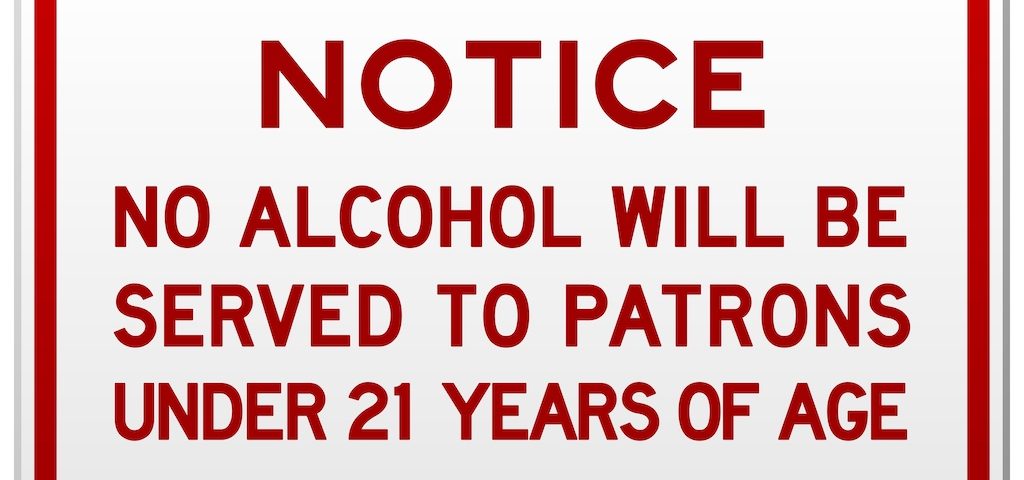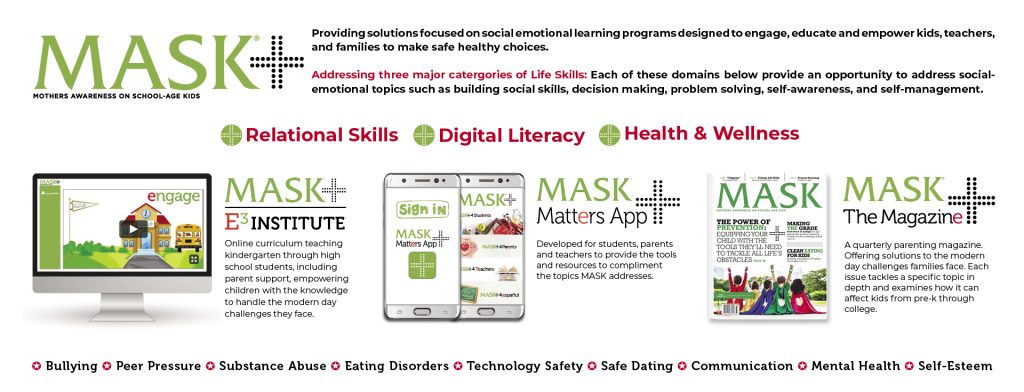
Technology Safety for Teens
April 10, 2024
Three Tips to Help With Bullying
April 15, 2024Eliminating underage drinking is a complex challenge that requires a multi-faceted approach involving various stakeholders including parents, educators, policymakers, law enforcement agencies, and community organizations. Here are some strategies that can help address and reduce underage drinking:
- Education and Awareness: Implement comprehensive educational programs in schools and communities to raise awareness about the dangers of underage drinking, the impact it can have on physical and mental health, as well as the legal consequences.
- Parental Involvement: Encourage parents to talk openly with their children about the risks associated with alcohol consumption and set clear expectations and rules regarding underage drinking.
- Community Involvement: Foster partnerships between schools, local governments, law enforcement, businesses, healthcare providers, and community organizations to create a supportive environment that discourages underage drinking.
- Enforcement of Laws: Enforce existing laws that prohibit the sale and distribution of alcohol to minors. Increase penalties for individuals and establishments that violate these laws.
- Limiting Access: Implement policies and initiatives aimed at reducing underage access to alcohol, such as restricting the availability of alcohol in retail settings, enforcing age verification measures, and cracking down on fake IDs.
- Alternative Activities: Provide young people with alternative activities and opportunities for socialization that do not involve alcohol, such as sports, arts, community service, and after-school programs.
- Media Literacy: Promote media literacy programs that help young people critically evaluate and understand the influence of alcohol advertising and media portrayals of drinking.
- Supportive Environments: Create supportive environments within schools and communities that promote positive youth development, mental health, and resilience, thereby reducing the likelihood of underage drinking as a coping mechanism.
- Treatment and Support Services: Ensure access to treatment and support services for young people who may be struggling with alcohol abuse or dependency, as well as for their families.
- Data Monitoring and Evaluation: Continuously monitor and evaluate the effectiveness of prevention efforts through data collection and analysis, and adjust strategies accordingly based on the findings.
By implementing a combination of these strategies and fostering collaboration among various stakeholders, it is possible to make progress in reducing underage drinking and promoting the health and well-being of young people.



